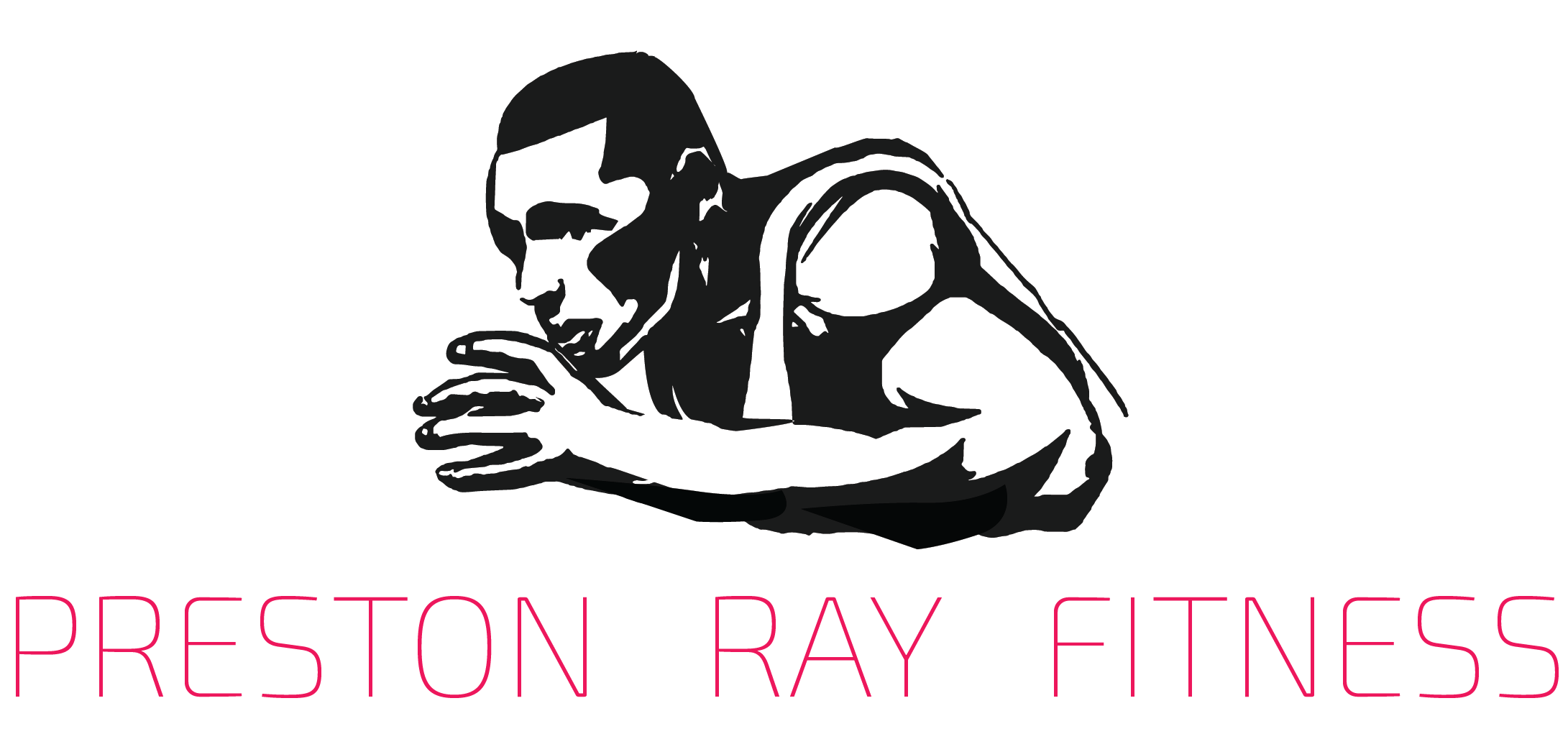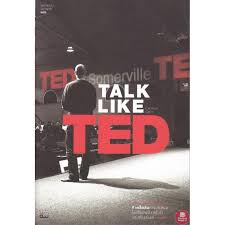“TED is where brilliant people go to hear brilliant people share their ideas” said Oprah Winfrey. Not only that, it is also the place where author, Carmine Gallo, discovered the 9 public speaking secrets used by some of the most brilliant presenters in TED’s history including: Amy Cuddy, Steve Jobs, Bill Gates and Bryan Stevenson. Each of whom has had his/her eighteen-minute presentation viewed over 2.5 million times. Since I had never seen a TED before, I watched all of the above as an indoctrination of sorts to acclimate myself to TED. I did so only after reading the entire book. I thoroughly enjoyed them all, but was upset at myself for being late to the party. A client told me about TED about five years ago and suggested I take a peak. I never took that peak. However, I think having read this book prior to watching a TED allowed me to identify the “9 secrets” Gallo discussed in his book and he was “spot-on.”
The first secret and most important attribute for any public speaker is passion. The topic of your discussion must “make your heart sing” says Gallo. Ralph Waldo Emerson once said, “Nothing great has ever been achieved without enthusiasm.” This was easy to see in the likes of Amy Cuddy who trembled and shed a few tears as she told her story about moving on past a fatal car accident and graduating from college when everyone suggested she no longer had the aptitude to do so. Her message was on body language and it has been viewed over 28 million times, but it was her passion that stands out most. “The first step to inspiring others is to make sure you’re inspired yourself.” Now that you have the passion you must craft a story.
Bryan Stevenson, founder of the Equal Justice Initiative, knows how to tell a story. He tells lots of stories during his speeches. He says that “you have to get folks to trust you.” And the way to do so is by telling stories that “get people to connect with you on a personal and emotional level.” I love the story Stevenson tells about his grandmother, who made him promise he would never take a sip of alcohol because he was “special.” He promised, and weeks later when his cousins snuck some alcohol into the woods so they could get drunk Stevenson said no. They asked was if it was because Grandma had told him he was “special.” They said it jokingly, but Stevenson did not drink on that day or any other for that matter. He is now fifty-two. A very funny and powerful story that connected him with over 2.5 million people. If you don’t have a story to tell Gallo suggests you tell a story about other people or tell a story about a brand.
According to Gallo, secret number three, have a conversation, is all about the four elements of verbal delivery-rate, volume, pitch and pauses. Rate is the most important and should be between 150 to 160 words per minute. Volume, pitch and pauses are to be used the same way you would a highlighter, to emphasize key points. And don’t forget to use hand gestures while speaking. Walking around with your hands in your pockets makes viewers feel like you aren’t excited about your topic.
Teach me something new, deliver jaw-dropping moments, and lighten-up are secrets four, five and six. Bill Gates does all of these well in his 2009 TED on Mosquitos, malaria and education. While discussing malaria he informed his audience about the deadliness of the disease and how a British soldier was responsible for finding out that mosquitos were its cause, thus eliminating the disease in all countries except poor ones. To bring home his point, he brought along a jar containing three mosquitos. He set them free telling his audience, “There’s no reason why poor people should be the only ones to suffer.” He provided a jaw-dropping moment with the mosquitos and lightened his audience up with the quote. The presentation went viral in a matter of hours. If you aren’t funny then find a quote or use funny pictures. Analogies and metaphors are also good ways to add humor. “Humor lowers defenses, making your audience more receptive to your message. It also makes you seem more likable, and people are more willing to do business with you or support someone they like.”
Secret number seven was the ah-ha moment for me. Eighteen minutes or less. That’s right, your presentation is best if you stick to the 18-minute rule. “Albert Einstein once said, ‘If you can’t explain it simply, you don’t understand it well enough.’” Gallo says the thing to do is to break your presentation into three parts because, “‘in writing and speaking, three is more satisfying than any other number. Jefferson used it, “life, liberty and the pursuit of happiness.’” President Obama used it, “Yes we can.” The bible uses it, “the Father, Son and Holy Spirit.” And you should too.
Rounding out the list of 9-public speaking secrets with eight and nine: paint a mental picture with multisensory moments and stay in your lane. Staying in your lane was the shortest chapter and was just a reminder to be authentic. I think this was pretty much covered in chapter 1 so I’ll move on to painting a mental picture with multisensory moments. This idea is all about appealing to as many senses as possible. Gallo asks us to picture pitching a new product or service and how difficult it can be with an audience who has little firsthand knowledge. Appeal to their senses by allowing your audience to touch, smell, or view a picture of your product. If you do one of these then you will be much more likely to increase engagement and/or sales. We respond better and recall better when at least three senses are engaged.
So there you have it. Speaking made easy. Next time you have to give a presentation just remember these steps and you will be sure to wow your audience, get your point across emotionally and emphatically and perhaps change a few lives at the same time. Never let the thought of public speaking terrorize you again.


Recent Comments